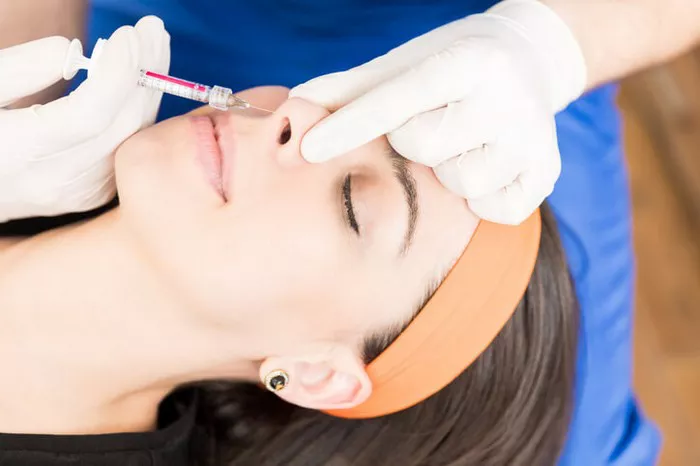Rhinoplasty, a cosmetic surgical procedure aimed at reshaping the nose for aesthetic or functional reasons, has gained popularity in the Philippines and around the world. As individuals seek to enhance their facial harmony and self-confidence, a common question arises: How much does rhinoplasty cost in the Philippines? This article delves into the factors that influence the cost of rhinoplasty in the Philippines, providing prospective patients with valuable insights to make informed decisions.
Factors Influencing Rhinoplasty Costs
The cost of rhinoplasty can vary significantly based on several factors that contribute to the overall price. Understanding these factors is crucial for individuals considering the procedure:
1. Surgeon’s Experience and Skill:
The experience and reputation of the surgeon play a substantial role in determining the cost of rhinoplasty. Highly experienced surgeons with a track record of successful procedures and specialized expertise may charge higher fees.
2. Surgical Facility:
The choice of surgical facility, whether it’s a reputable hospital or an accredited outpatient clinic, can impact the cost. Facilities equipped with advanced technology and well-trained staff may charge more for their services.
3. Geographical Location:
The location of the surgical facility can influence costs due to variations in living expenses, overhead, and demand for cosmetic procedures. Major cities or urban areas may have higher prices compared to rural locations.
4. Complexity of the Procedure:
The complexity of the rhinoplasty procedure itself is a significant determinant of cost. Procedures that involve extensive reshaping of bone and cartilage, addressing both aesthetic and functional concerns, tend to be more intricate and may be priced accordingly.
5. Type of Rhinoplasty:
There are different types of rhinoplasty procedures, including open and closed techniques. Open rhinoplasty, which involves a small external incision, may be more expensive than closed rhinoplasty due to the additional steps involved.
6. Anesthesia and Operating Room Fees:
Anesthesia fees and operating room charges are additional components of the overall cost. These fees cover the cost of the anesthesia provider, the use of the operating room, and related resources.
7. Pre- and Post-Operative Care:
Comprehensive pre-operative consultations, post-operative follow-up appointments, and any required medications or dressings can contribute to the overall cost of rhinoplasty.
8. Additional Procedures:
In some cases, individuals may opt for additional procedures such as chin augmentation or lip enhancement in conjunction with their rhinoplasty. These additional procedures can impact the total cost.
9. Revision Rhinoplasty:
Revision rhinoplasty, which corrects unsatisfactory results from a previous procedure, can be more complex and time-consuming. As a result, it often comes with a higher cost.
10. Miscellaneous Fees:
Miscellaneous fees, such as administrative costs, medical tests, and potential overnight stays, can also contribute to the overall cost of the procedure.
Research and Consultation
Before undergoing rhinoplasty, it’s essential for individuals to conduct thorough research and consider the following steps:
Consultation: Schedule consultations with board-certified plastic surgeons who specialize in rhinoplasty. During these consultations, discuss your goals, concerns, and expectations.
Obtain Quotes: Request detailed quotes from multiple reputable surgeons. Ensure that the quotes include all associated costs, such as facility fees, anesthesia fees, and post-operative care.
Compare Quality: While cost is a crucial factor, prioritize the surgeon’s experience and reputation. Quality and safety should be the primary considerations when choosing a surgeon.
Ask Questions: During consultations, ask about the breakdown of costs and inquire about any potential additional expenses that might arise.
Conclusion
The cost of rhinoplasty in the Philippines varies based on factors such as surgeon experience, facility choice, geographical location, complexity of the procedure, and type of rhinoplasty. Prospective patients should carefully consider these factors, obtain detailed quotes, and prioritize the surgeon’s expertise and reputation. By conducting thorough research and consulting with qualified professionals, individuals can make well-informed decisions about rhinoplasty and achieve the desired results while prioritizing their safety and well-being.


